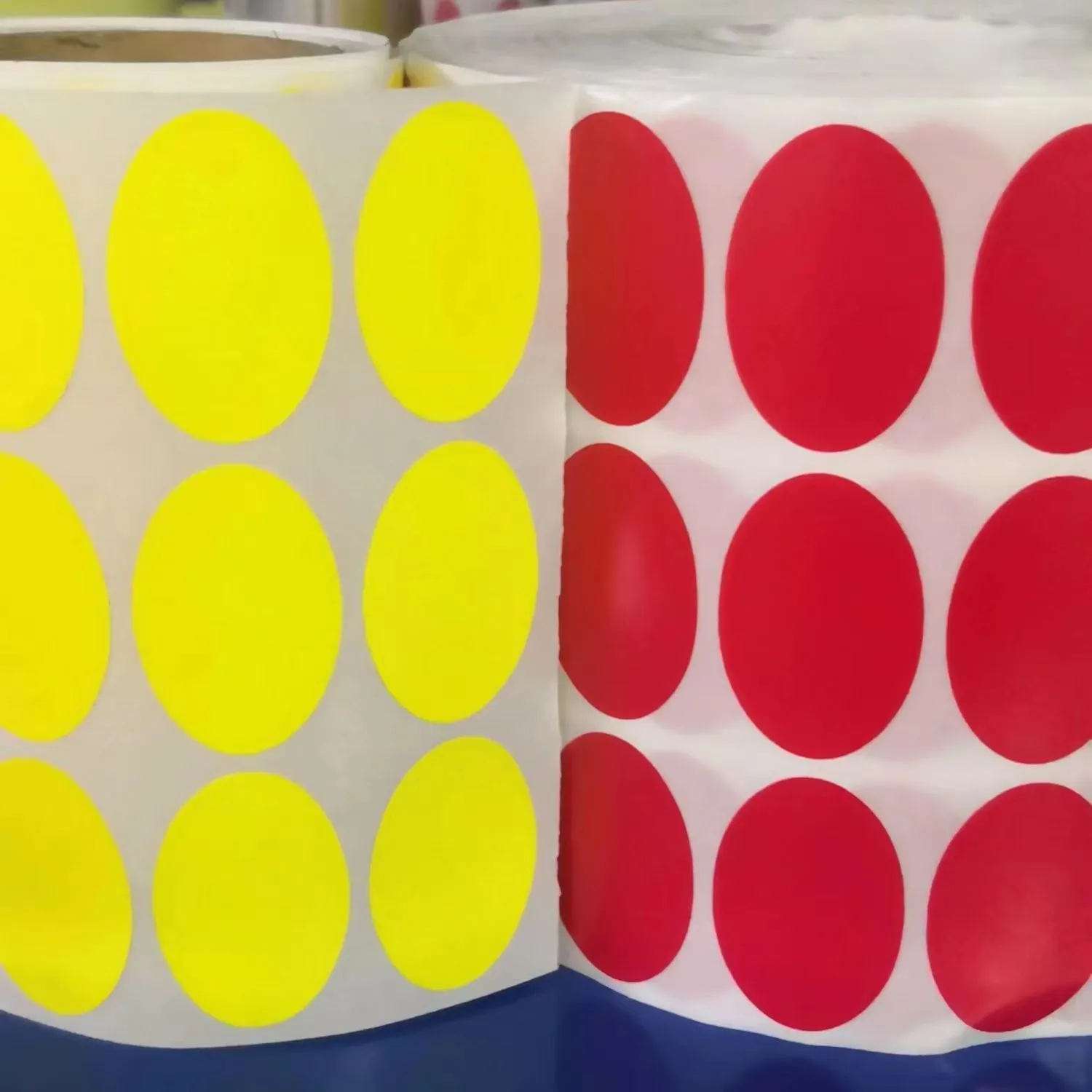High-Quality Wine Packaging Elevating the Experience
Wine is not merely a drink; it embodies culture, tradition, and craftsmanship. Part of what makes wine exceptional is its packaging, which plays a vital role in protecting the product and enhancing the overall consumer experience. High-quality wine packaging goes beyond functionality; it conveys the essence of the brand and serves as an integral part of the marketing strategy.
The Importance of Packaging
Firstly, the main objective of wine packaging is to preserve the integrity of the product. Wine is sensitive to environmental factors such as light, temperature, and humidity. Therefore, high-quality materials are essential in creating bottles and closures that protect wine from oxidation, spoilage, and external contaminants. For example, dark glass bottles are commonly used to shield the wine from harmful UV rays that can degrade its quality.
Additionally, the cork closure plays a crucial role in maintaining the wine's characteristics. Traditional natural cork allows for a minute exchange of air, which can enhance the aging process of the wine. Conversely, screw caps, which are increasingly popular, offer a tighter seal and consistency, eliminating the risk of cork taint. Selecting the right closure is essential for ensuring the wine inside the bottle remains as intended.
Aesthetic Appeal and Branding
While functional aspects are paramount, high-quality wine packaging must also prioritize aesthetics. The visual appeal of a wine bottle can significantly influence consumer choices. This is why many wineries invest in elegant designs that reflect their brand identity and story.
high quality wine packaging

Label design is particularly vital. A well-crafted label should not only provide essential information about the wine, including varietal, region, and vintage, but also evoke the emotions associated with the brand. Typography, color schemes, and artwork play a significant role in conveying the quality and character of the wine. A beautifully designed label can capture the attention of consumers and set a wine apart from its competitors on crowded retail shelves.
Furthermore, sustainable packaging has emerged as a critical consideration in the wine industry. As consumers become more environmentally conscious, wineries are increasingly looking for eco-friendly packaging options. Lightweight glass bottles, recycled materials, and biodegradable packaging solutions can help reduce the carbon footprint of wine production and appeal to conscious consumers. By embracing sustainability, wineries not only enhance their brand image but also contribute to a more responsible industry.
Innovation in Packaging
Innovation is at the forefront of high-quality wine packaging. As the industry evolves, wineries are exploring unique packaging solutions that push the boundaries of tradition. For example, pouch packaging for wine has gained traction, providing a lightweight, space-efficient alternative to bottles. Such innovations cater to the modern consumer, who often seeks convenience and portability.
Another trend is the use of augmented reality (AR) on wine labels. By integrating technology with the physical package, wineries can provide consumers with interactive experiences, sharing the story of the vineyard, tasting notes, and even food pairing suggestions through their mobile devices. This level of engagement enriches the consumer experience and fosters a deeper connection to the brand.
Conclusion
In conclusion, high-quality wine packaging is multifaceted, encompassing functionality, aesthetics, sustainability, and innovation. It serves as the first point of contact for consumers and significantly impacts their purchasing decisions. As the wine industry continues to evolve, wineries must remain committed to enhancing their packaging strategies. By doing so, they not only protect the fine product within but also create a memorable experience that resonates with consumers, ultimately solidifying their brand’s place in a competitive market.



